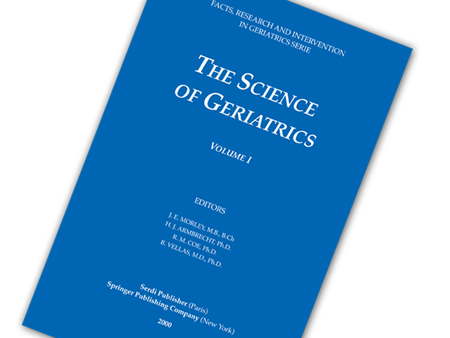The objective of the recent study by Suskind at al. (1) is to evaluate the association between frailty and post-operative discharge destination after different types of commonly performed urologic procedures in older patients. Overall, 1,144 out of 20,794 (5.5%) urologic cases, representing 19 different procedures, resulted in discharge to a skilled or assisted living facility. Cystectomy and large TURBT had the highest percentage (16.3%). Twenty-five percent of patients undergoing urology procedures were frail (NSQIP-frailty index [FI] 0.18+), including 9.8% of patients discharged to a facility. Even after adjustment for year, age, race, type of anesthesia, smoking status, recent weight loss, and whether or not the procedure was elective, frailty was strongly associated with discharge to a facility [adjusted OR 3.1 (96% CI 2.5, 3.8) for NSQIP-FI 0.18+ compared to NSQIP FI 0]. This finding was consistent across most procedures of varying complexity with an overall effect of OR 1.6 (95% CI 1.5, 2.0). Increasing frailty is associated with discharge to a skilled or assisted living facility across most inpatient urologic procedures evaluated, regardless of complexity. This information is important for preoperative counseling with patients undergoing urologic surgery.
Urology. 2016 Jul 5



